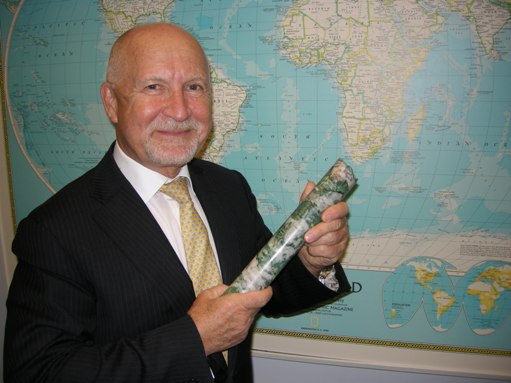The Globe and Mail is Canada’s national newspaper with the second largest broadsheet circulation in the country. It has enormous influence on Canada’s political and business elite.
For the third time this year, gold miners in Mexico have come under attack, highlighting the perils of mining in the country.
McEwen Mining Inc. became the latest victim, when armed robbers looted about $8.4-million (U.S.) worth of gold this week from the Canadian miner’s refinery in the Mexican state of Sinaloa.
The Toronto-based company said none of its employees were seriously injured, nor were its facilities damaged, when the approximately 900 kilograms of gold ore was stolen. The ore is expected to contain 7,000 ounces of gold, but it is unclear how the thieves will process the rocks.
The robbery comes about a month after four of Goldcorp Inc.’s Mexican employees went missing after leaving the company’s Los Filos mine. Three of the four have since been found dead, the Canadian company said. A Reuters report said the bodies were found in a mass grave and showed signs of torture. The fourth employee was released with minor injuries.
The kidnappings took place in Guerrero, a southern Mexican state where 43 students were seized en route to a protest last year and are presumed murdered.

























